CDC layoffs strike deeply at its ability to respond to the current flu, norovirus and measles outbreaks and other public health emergencies
Published in Political News
In just a few short weeks, the Trump administration has brought drastic changes to the Centers for Disease Control and Prevention and public health. Beginning with the removal of websites and key public health datasets in January 2025, the Trump administration has taken actions to dismantle established public health infrastructure as part of its second-term agenda.
In addition, the administration has begun a widespread purge of the federal public health workforce. As of Feb. 19, around 5,200 employees at the CDC and the National Institutes of Health had been let go. About 10% of the CDC’s staff have been removed, with plans for additional firings.
As a teaching professor and public health educator, I, like thousands of other health professionals, rely on CDC data and educational resources throughout my work. CDC websites are the first stop for health information for my students and for health care practitioners, and are vital to protecting the U.S. from infectious diseases, like avian flu and COVID-19, as well as noninfectious health conditions, such as diabetes and heart disease.
Here’s a quick look at what the CDC does to protect Americans’ health, and how it’s likely to be affected by the Trump administration’s actions:
Prior to the February cuts, the CDC employed over 10,000 full-time staff in roles spanning public health, epidemiology, medicine, communications, engineering and beyond to maintain this critical public health infrastructure.
In addition to the centers’ wide variety of functions to protect and promote public health in the U.S., a vast amount of research in the U.S. relies on CDC data. The CDC obtains data from all 50 states, territories and the District of Columbia, which is collated into widely utilized databases such as the National Health and Nutrition Examination Survey, National Health Interview Survey and Behavioral Risk Factor Surveillance System.
Several of these datasets and CDC websites were removed at the start of the second Trump term, and while they are currently back online due to a federal court order, it remains to be seen if these important sources of information will remain accessible and updated going forward.
The CDC also publishes the Morbidity and Mortality Weekly Report, which allows for ongoing and timely surveillance of key health conditions. The reports cover a wide range of topics, including wildfires, motor vehicle accidents, autism, asthma, opioids, mental health and many others. The CDC plays a central role in monitoring and reporting the spread of flu in winter months through its FluView, which informs clinical practice as well as public health interventions.
Physicians are reporting that their ability to respond to the surges in respiratory viruses they are seeing has been hobbled by the missing data and by prohibitions on CDC staff communicating outside the agency.
The CDC’s famed “disease detectives,” part of the Epidemic Intelligence Service, appear to have been spared following public outcry after more than half of its members were initially told they would be let go as part of the Feb. 14 mass layoffs.
It remains to be seen if this group will remain intact long term. Concerns are growing that shakeups to the nation’s infectious disease surveillance teams will hamper the government’s ability to respond effectively at a time when avian flu and measles are growing concerns in the U.S.
The CDC began as a small branch of the U.S. Public Health Service in 1946 as an outgrowth of successes fighting malaria in southern states during World War II and before. Its founder, Dr. Joseph W. Mountin, envisioned that it would come to serve all states, addressing all communicable diseases. Since that time, the CDC has evolved into the nation’s premier public health organization, leveraging both clinical and population health sciences to prevent and mitigate challenges to the nation’s health.
In its first 40 years, the CDC helped eradicate smallpox and identify the causes of Legionnaires’ disease, toxic shock syndrome and HIV.
As the country’s primary health challenges have shifted from communicable diseases to noncommunicable ones over recent decades, the organization has adapted, expanding its reach and priorities to meet changing public health needs. The CDC also has the ability to flex and scale up efforts rapidly when needed to respond to novel outbreaks, which is essential for containing infectious diseases and preventing escalation.
Recognizing that health does not exist in a vacuum, the CDC also operates internationally to mitigate health challenges that could threaten health in the U.S. over time. The agency is active in addressing diseases that are endemic in certain areas, such as tuberculosis and HIV. It also responds to outbreaks from emerging threats, like Ebola and Marburg virus disease.
The CDC played a crucial role in responding to the COVID-19 pandemic, coordinating with the World Health Organization, domestic health agencies and others to plan and execute a robust response.
In 2024, the CDC worked with the WHO to respond to a Marburg virus outbreak in Rwanda that lasted for several months. On average, about half of people infected with Marburg virus do not survive, so early detection and effective response are essential to prevent loss of life and contain outbreaks before they spread widely.
On Jan. 20, 2025, the White House announced President Donald Trump’s plans to withdraw from the WHO. This move further weakens the country’s ability to manage and mitigate threats to Americans’ health and national security.
Not only does the WHO do essential work to protect children around the world from needless death due to starvation, but it monitors and responds to infectious diseases. The U.S. has been the largest contributor to the WHO, with approximately 12%-15% of its operating costs coming from the U.S. That means that removal of U.S. support will also affect the WHO’s capacity to respond to international public health issues.
As the COVID-19 pandemic made plain, a delayed response to infectious disease outbreaks can exponentially increase long-term costs and consequences. It remains to be seen what impact the established relationships between the CDC and the WHO will have on their ability to coordinate effectively during times of crisis.
The reach, flexibility, adaptability and robust foundation of relationships developed over the past eight decades enable the CDC to respond to threats quickly, wherever in the world they arise. This is important for protecting health, and it plays a vital role in global and national security as well.
In addition to its direct actions to promote public health, the CDC provides workforce development and training to help create an enduring public health infrastructure in the U.S. and abroad. This is more important than ever, as systemic factors have placed pressure on health professionals. The domestic public health workforce has shrunk drastically, losing 40,000 workers since the start of the Great Recession in 2009 due to economic constraints and social pressures during the pandemic. The CDC’s workforce development efforts help counteract these trends.
Public health workers were reporting high rates of burnout and stress even before the COVID-19 pandemic, which the pandemic worsened. Cuts to the federal workforce, as well as funding for public health programs, will no doubt add to these strains.
This article is republished from The Conversation, a nonprofit, independent news organization bringing you facts and trustworthy analysis to help you make sense of our complex world. It was written by: Jordan Miller, Arizona State University
Read more:
Health and Human Services secretary influences every aspect of America’s health
How the EPA administrator protects public health, air, water and the environment
White House Office of Science and Technology Policy provides in-house science advice for the president
Jordan Miller received funding from CDC in the past.

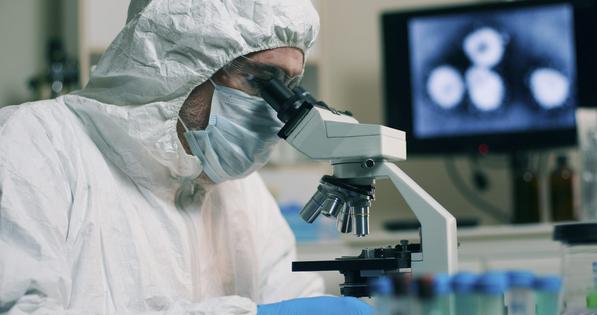





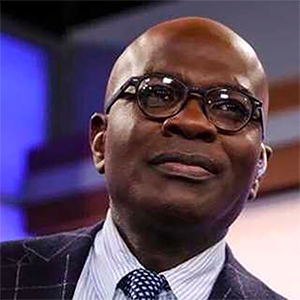

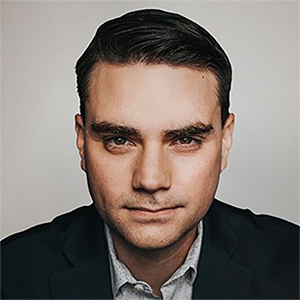

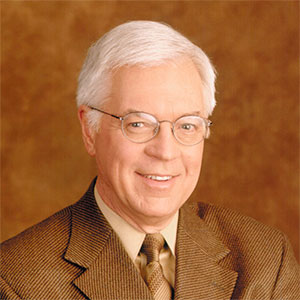

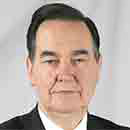













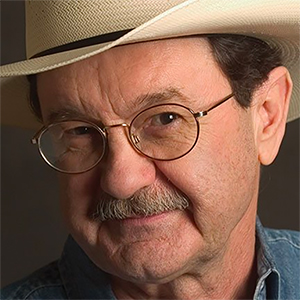



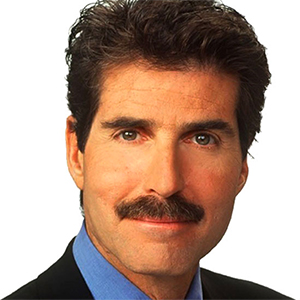
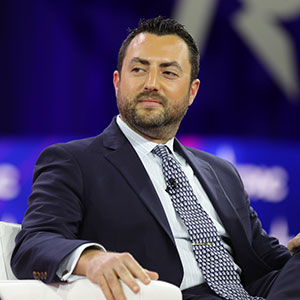
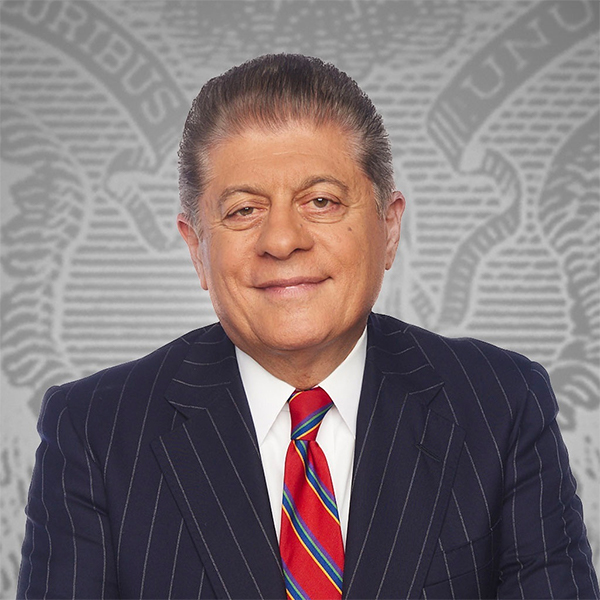



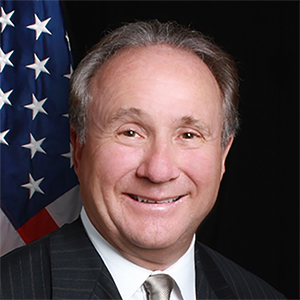

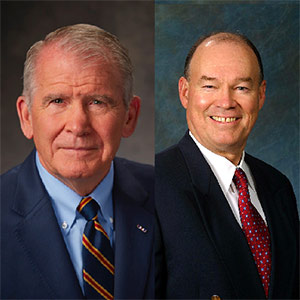



















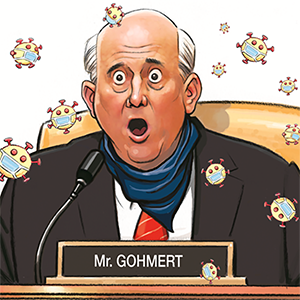

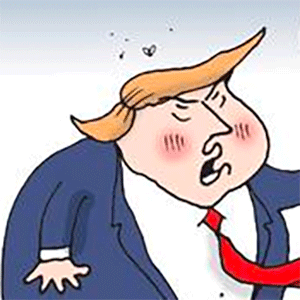


Comments